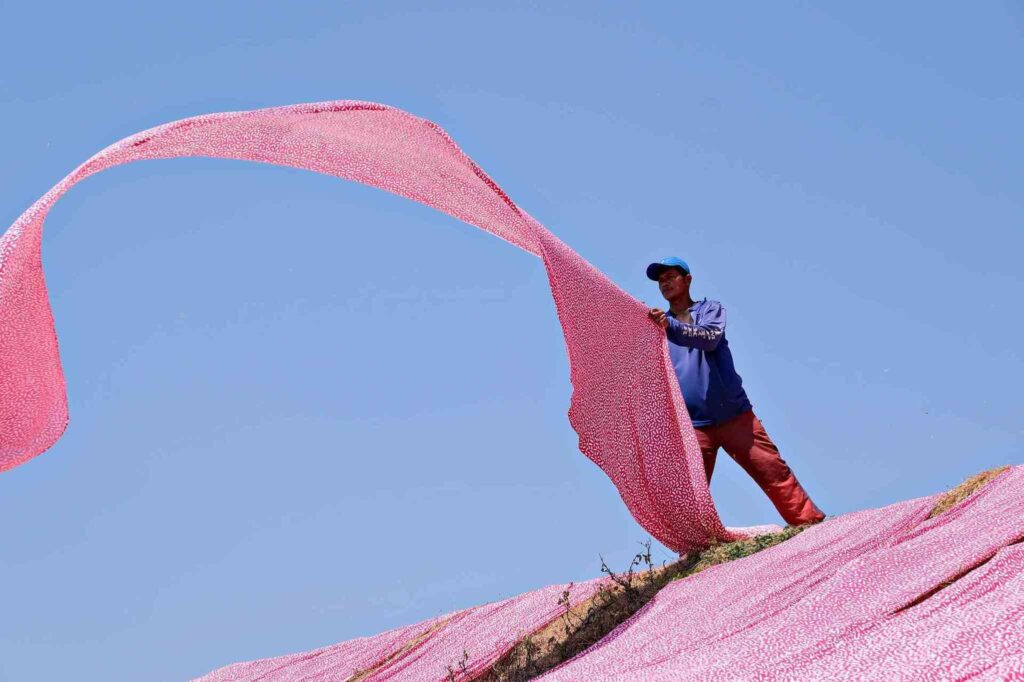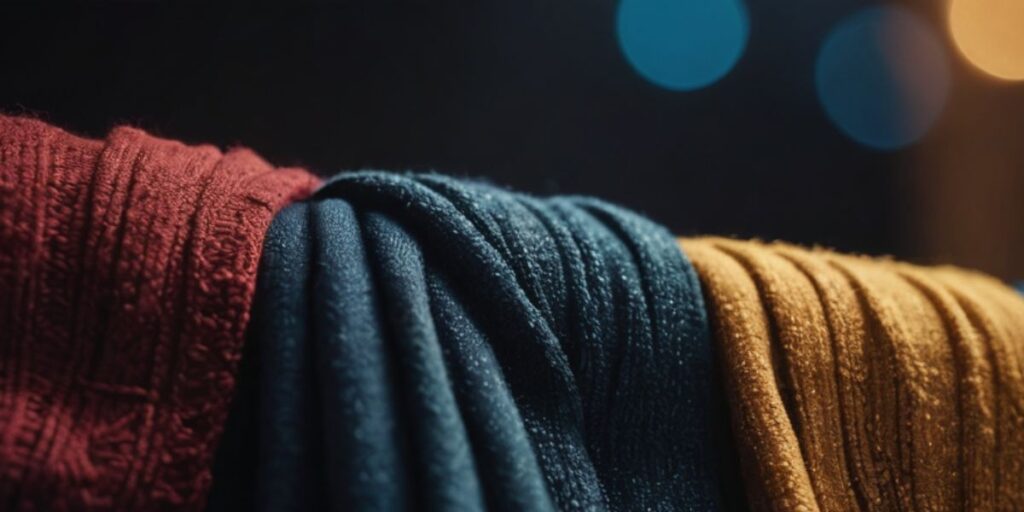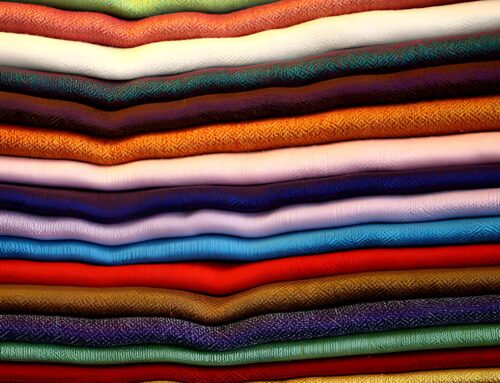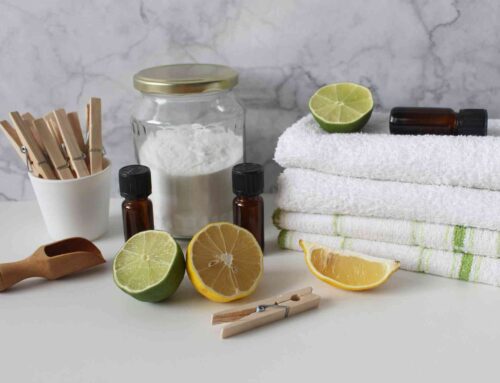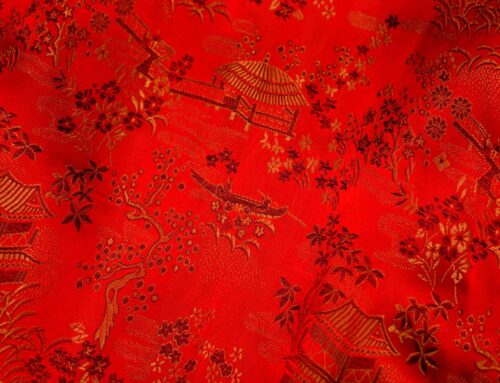Tips Identifying High-Quality Pashmina Fabric
Pashmina fabric, revered for its unmatched softness and luxurious appeal, is one of the most sought-after materials in the world, often used to craft shawls, scarves, and wraps. Its reputation for comfort, warmth, and elegance makes it a prized possession for fashion enthusiasts. However, with the growing popularity of Pashmina, counterfeit products have flooded the market, making it more important than ever to discern genuine, high-quality Pashmina from cheap imitations. Whether you’re a seasoned buyer or a first-time purchaser, understanding the characteristics of authentic Pashmina can help you make an informed decision. Here are some key tips to guide you in identifying true Pashmina:
1. Examine the Fabric’s Texture – Tips Identifying High-Quality Pashmina Fabric
One of the most notable qualities of genuine Pashmina is its incredibly soft and velvety texture. Authentic Pashmina is made from the fine undercoat of the Himalayan mountain goat, also known as “Capra Hircus.” The unique environment and altitude of the Himalayas contribute to the development of this incredibly fine wool, resulting in the luxurious feel that Pashmina is known for. When you run your fingers through authentic Pashmina, you should feel a warmth and smoothness that sets it apart from synthetic or low-quality alternatives.
Unlike synthetic fabrics, which can often feel stiff or overly smooth, genuine Pashmina has a subtle graininess that adds to its natural charm. The texture will feel soft and delicate, but not overly slippery. Imitations made of synthetic materials may lack this graininess, often feeling either too silky or plasticky. True Pashmina is breathable and lightweight, which adds to its comfort when worn.
2. Check for Fiber Blend – Tips Identifying High-Quality Pashmina Fabric
Authentic Pashmina is typically made from fine cashmere wool. However, high-quality Pashmina may also be a blend of cashmere wool and silk. This combination enhances the fabric’s strength, sheen, and softness, while maintaining its lightweight and insulating properties.
When buying a Pashmina product, it is important to inspect the label or inquire about the fiber content. A genuine blend will maintain the perfect balance between the warmth of cashmere wool and the luxurious, lustrous finish of silk. If the product feels unnaturally heavy or lacks the characteristic warmth of cashmere, it might be a synthetic blend, not authentic Pashmina. Be sure to ask sellers about the material composition, especially if they advertise it as “pure” or “100% Pashmina.” In genuine products, the wool comes from the Himalayan region, which is what makes it truly special.
3. Assess the Weave – Tips Identifying High-Quality Pashmina Fabric
The weaving process is an integral part of producing high-quality Pashmina. Skilled artisans meticulously weave each Pashmina fabric, displaying intricate craftsmanship and attention to detail. An authentic Pashmina shawl or scarf will have a tight, uniform weave, showcasing the skill of the weaver. When you examine the fabric, look for consistent and fine weaving patterns that reveal the expert craftsmanship involved in its creation.
Authentic Pashmina is often characterized by traditional patterns, such as the “twill” or “diamond” weave, which are passed down through generations of artisans. These unique patterns, combined with a consistent, tight weave, distinguish genuine Pashmina from machine-made alternatives. Loose threads, gaps, or irregularities in the weave are signs of poor craftsmanship or low-quality products. A quality Pashmina fabric will not only look elegant but also withstand the test of time with proper care.
4. Conduct the Pashmina Test – Tips Identifying High-Quality Pashmina Fabric
The “Pashmina test” is a quick and simple method to gauge the quality of a Pashmina fabric. To perform this test, hold the fabric against your cheek. Genuine Pashmina should give off a gentle warmth and feel soft and breathable. Authentic Pashmina will not irritate your skin, making it comfortable for extended wear. Additionally, Pashmina’s natural insulation properties make it lightweight and warm, offering an unmatched level of comfort.
If the fabric feels rough or heavy against your skin, or if it causes irritation, it is likely a lower-quality product made from synthetic materials or inferior wool blends. The natural properties of Pashmina ensure it remains breathable, yet insulating, which is why it is ideal for both cold and warm climates. By testing the feel and comfort of the fabric, you can better determine whether it is the real deal.
5. Verify the Source – Tips Identifying High-Quality Pashmina Fabric
Perhaps one of the most reliable ways to ensure the authenticity of a Pashmina product is by verifying its source. Pashmina that comes from reputable manufacturers and sellers is more likely to be genuine. In particular, Nepalese Pashmina is renowned for its authenticity and sustainability. Pashmina from Nepal is crafted by skilled artisans using traditional methods, and the country has built a global reputation for producing some of the finest Pashmina in the world.
When buying Pashmina, consider sourcing your products from trusted retailers such as Pashmina Passion. Pashmina Passion is committed to providing certified and sustainable Pashmina products, ensuring both the quality of the fabric and the ethical practices involved in its production. By purchasing from verified sellers like Pashmina Passion, you can be confident that you are investing in a product that reflects the true essence of this luxurious fabric.
6. Look for Certification Marks – Tips Identifying High-Quality Pashmina Fabric
Another effective way to differentiate genuine Pashmina from counterfeits is by looking for certification marks. In many regions, including Nepal, certified Pashmina products come with labels or marks that verify their authenticity. These certifications often guarantee that the product adheres to strict standards of quality and origin, ensuring that you are purchasing a genuine item. Nepal’s Chyangra Pashmina certification, for example, is a symbol of quality and authenticity that is recognized globally.
Certified Pashmina products also emphasize ethical and sustainable practices. This is crucial in an industry where counterfeiting and exploitation can be prevalent. By opting for certified products, you not only get the finest Pashmina but also support responsible production and fair wages for artisans.
Conclusion
By following Tips Identifying High-Quality Pashmina Fabric, you can confidently distinguish between high-quality Pashmina and counterfeit alternatives. From examining the texture and fiber blend to assessing the craftsmanship and verifying the source, each step plays a vital role in identifying genuine Pashmina. In a market saturated with imitations, investing in authentic Pashmina ensures that you experience the elegance, comfort, and timeless appeal that this luxurious fabric offers. Always remember to purchase from reputable sellers and look for certifications to ensure that your Pashmina is not only a symbol of luxury but also a reflection of ethical and sustainable practices.
- Nepal’s Certified Pashmina: Embracing Authenticity, Quality, and Sustainability
- Sustainable Pashmina: Nepal’s Eco-Friendly Approach to Producing Luxurious Wool
- Unlocking the Secrets of Pashmina: Unraveling the Mysteries Behind Its Softness and Warmth
Embrace the elegance and sophistication of authentic Pashmina fabric by making informed choices and appreciating the intricate craftsmanship behind this timeless luxury.
